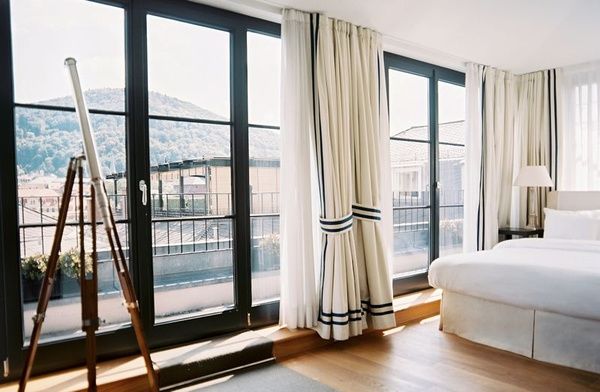
Choosing the best skylight for hot climates requires consideration of several factors, including energy efficiency, heat resistance, and the ability to control heat and glare. Skylights are popular additions to homes in hot climates as they allow natural light to enter while providing ventilation and reducing the need for artificial lighting. In this article, we will discuss key features and considerations to help you select the best skylight for hot climates.
- Energy Efficiency: Energy efficiency is crucial when selecting a skylight for hot climates. Look for skylights that have high-performance glazing, such as low-emissivity (Low-E) coatings and insulated glass. Low-E coatings help to reflect solar heat and ultraviolet (UV) rays, preventing excessive heat gain. Insulated glass, which consists of two or more panes of glass with a sealed air or gas-filled space between them, provides improved thermal insulation, reducing heat transfer.
- Heat-Resistant Materials: In hot climates, skylights are exposed to intense sunlight and high temperatures. Choosing skylights made from heat-resistant materials is important to prevent warping, cracking, or deterioration. Look for skylights that are made of materials such as aluminum, fiberglass, or vinyl, as they offer good heat resistance and durability.
- Solar Heat Gain Coefficient (SHGC): The Solar Heat Gain Coefficient (SHGC) is a measure of how much solar heat is transmitted through a skylight. In hot climates, it’s beneficial to choose skylights with a low SHGC to minimize heat gain. Look for skylights with SHGC ratings that comply with local energy codes and standards for energy efficiency.
- Ventilation Options: Proper ventilation is essential in hot climates to remove hot air and maintain a comfortable indoor environment. Look for skylights that offer ventilation options, such as operable or venting skylights. These skylights can be opened to allow hot air to escape and promote airflow, helping to reduce heat buildup.
- Solar Reflectance: Solar reflectance refers to the ability of a skylight to reflect sunlight and reduce heat transfer. Look for skylights with high solar reflectance values, as they will reflect a greater amount of solar energy and minimize heat gain. This helps to keep the interior cooler and reduces the load on air conditioning systems.
- Glazing Options: Skylights are available with different glazing options, each offering varying degrees of energy efficiency and heat control. Some common glazing options include:
- Double or triple-pane glass: These glazing options provide enhanced insulation and reduce heat transfer.
- Low-E coatings: Low-E coatings reflect a portion of the solar heat and UV rays, helping to maintain a cooler interior.
- Tinted or reflective glazing: Tinted or reflective glazing reduces the amount of visible light and solar heat that enters the space, offering additional heat control.
Consider the specific needs of your space, the orientation of the skylight, and the amount of light transmission desired when choosing the appropriate glazing option.
- Skylight Shades or Blinds: To further control heat and glare in hot climates, consider skylights that offer integrated shading systems. Skylight shades or blinds can be adjusted to block or reduce sunlight during the hottest parts of the day. Look for options that provide both manual and motorized controls for convenience.
- Waterproofing and Weather Resistance: In hot climates, intense sun exposure and occasional heavy rainstorms can challenge the durability of skylights. Look for skylights that have proper waterproofing and weather resistance features, including integrated flashing systems and watertight seals. This helps to prevent water leaks and ensure long-term performance.
- Professional Installation: Proper installation of skylights is crucial to their overall performance and energy efficiency. Improper installation can lead to air leaks, water infiltration, and reduced insulation. Ensure that the skylight is installed by a qualified professional who follows manufacturer guidelines and local building codes.
- Warranty and Maintenance: Check the warranty provided by the skylight manufacturer. A reliable warranty ensures that you are protected against any defects or performance issues. Additionally, consider the maintenance requirements of the skylight. Look for skylights that are easy to clean and maintain to ensure their longevity and optimal performance.
In conclusion, the best skylight for hot climates should prioritize energy efficiency, heat resistance, and the ability to control heat and glare. Look for skylights with high-performance glazing, low SHGC ratings, ventilation options, and solar reflectance. Consider materials with good heat resistance, proper waterproofing, and weather resistance. Skylights with shading systems, appropriate installation, and warranty coverage are also important considerations. By selecting the right skylight and taking into account the specific needs of your space, you can enjoy the benefits of natural light while minimizing heat gain and maximizing energy efficiency in hot climates.
